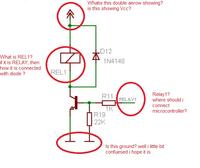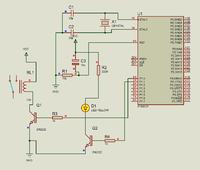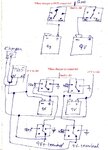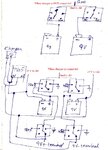Zohaibmaroof
Member level 2
i want to operate 12 volt relay with 89C51 any idea?
i wrote a program which set HIGH at pin 1.0 , although its working and giving 5 volt but does not turn on 6 volt relay
any idea what to do with this, i have also tried to connect a 2N2222 and also d313 with this pin 1.0 and take output from transistor's emitter pin making collector common but still it dose not work ,any additional circuitry i should made?
i wrote a program which set HIGH at pin 1.0 , although its working and giving 5 volt but does not turn on 6 volt relay
any idea what to do with this, i have also tried to connect a 2N2222 and also d313 with this pin 1.0 and take output from transistor's emitter pin making collector common but still it dose not work ,any additional circuitry i should made?


![Image0287[1].jpg Image0287[1].jpg](https://www.edaboard.com/data/attachments/14/14108-7d475b218719552faca5a44274eb8bf9.jpg)


